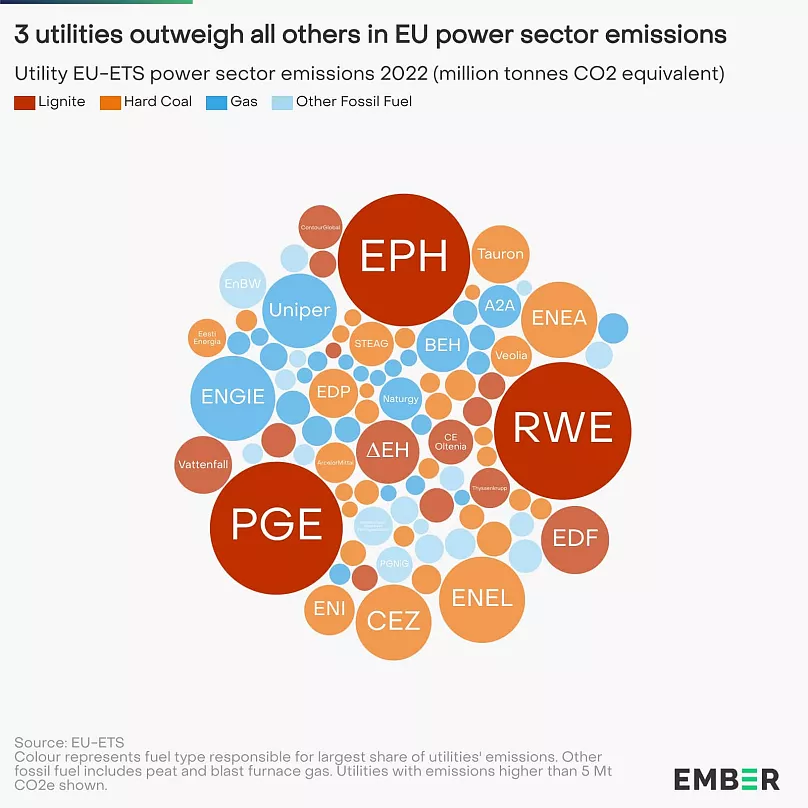Five simple ways businesses can become more sustainable

Photograph by Maitri Vasudev
In the growing Southeast Asian economies, businesses have the scope to grow sustainably by incorporating small infrastructural and mindset changes that reduce their environmental footprint.
Vinaya Kurtkoti
Four hundred and sixty-eight percent: that’s the rate at which demand in Environmental, Social, and Governance (ESG) sector jobs increased in India in the past three years. Businesses in Asia are adapting to the newfound demand for ESG compliance, a business buzzword that is becoming critical in investment decisions. “Impact investing” and “sustainability investing” have become hot topics, which is why incorporating some simple changes to make your business more sustainable could increase its market value down the line.
Businesses are increasingly creating the position of the Chief Sustainability Officer worldwide to include environmental, social, and economic sustainability into their business strategies. This helps them acquire a competitive advantage and establish a form of strategic differentiation that inspires brand loyalty. When the price of two products is similar, sustainability factors into the purchase decisions of Southeast Asian consumers, as noted by a recent Nielson survey. With an increasing number of companies incorporating sustainable practices, these are becoming a strategic necessity in today’s corporate world and not just a strategic differentiator as they used to be in the past, as noted by Harvard Business Review.
Globally, several big companies have strategically incorporated sustainable practices such as environmental, water, or waste management systems in their business plans. One of the important steps towards becoming more sustainable is to get your business certified by a third party that objectively assesses the sustainability quotient of your business. Being certified by The Green Business Bureau or being B Corp Certified is one of the ways your company can prove its commitment to its green goals.
In the growing Southeast Asian economies, businesses have the scope to grow sustainably by incorporating small infrastructural and mindset changes that reduce their environmental footprint:
1. Do a carbon audit: The earth has warmed up by 1.1 degrees since pre-industrial times, and climate change has already increased the number of extreme weather events the world over. You cannot change what you have not measured, and the first step towards making your business sustainable is to take stock of your carbon footprint. Whichever industry you are in, your business can invest in making some small changes to reduce its environmental impact, and getting a carbon audit done is a great place to start. Some industries such as agriculture, transport, energy production have a greater carbon footprint than others but can certainly look to reduce their impact by measuring the resources they consume and looking for innovative ways to reduce their consumption. With most Southeast Asian countries aiming to achieve net zero targets by 2050, the business community can contribute by auditing their carbon consumption and reducing it through sustainable practices such as the use of renewable energy, water management, waste management, etc.
2. Consider climate-friendly construction in offices: Climate change is causing an increase in heatwaves in Southeast Asia, and climate-friendly infrastructure is an investment for the future. Cities are hotspots of resource consumption, with some estimates suggesting that 75% of carbon emissions can be attributed to urban centres, of which transport and buildings are significant components. Any company aspiring to become more sustainable must therefore work towards making their office spaces and warehouses more environment friendly.
Using local and recycled materials to construct buildings, making provisions for renewable energy, and having a dedicated space for parking electric vehicles would increase the environment friendliness of buildings. Construction of new office spaces in warm climatic regions should be planned taking into account the climate of the area, with ventilation, shading, and insulation techniques built into the construction plans.
Measures such as adding green spaces, rooftop gardens, insulating tiles improve thermal comfort as well as brighten up office spaces while reducing the energy consumption of the building.
3. Conserve water and install wastewater management systems: Improving the efficiency of water management systems goes a long way in increasing ESG scores, and can be achieved with a few small measures such as recycling and reuse of water. Rainwater harvesting, greywater recycling, low-flow water fixtures, and responsible water use can significantly reduce the water footprint of your business.
Companies can take this a step further by conducting practical water conservation sessions for their staff to ensure that conserving water becomes a part of their lifestyles beyond the work space. Several global companies have invested in onsite wastewater management systems in their office buildings which resulted in them improving their ESG scores.
4. Switch to low-carbon website hosting: The advent of digital technology has significantly reduced the use of paper; however, the use of the internet is extremely carbon intensive. While individual internet use has minimal impact, the collective use of the internet by 4.1 billion users is contributing 3.7% to the total emissions, which is as much carbon as the aviation sector was emitting in 2020. As the internet is continuing to gain popularity, this figure is set to double by 2025.
Your business can set itself apart from the competition by switching to low-carbon web hosting. The first step towards this change would be to find out how much your website contributes to the global carbon footprint. Changes as simple as fewer dropdown menus and graphics could reduce the carbon footprint of a website, without compromising the quality of the content or diluting the brand messaging. Some of these changes help improve user experience and increase the website loading speed, making this a win-win decision for all.
5. Reduce waste: Eleven out of the twenty companies that produce more than half of the world’s plastic waste are located in Asia, even though single use plastic is banned in several countries. Companies that are committed to reducing waste put in place strategies to reduce waste across the board at all levels of operations. Business strategies such as demand forecasting can help reduce waste at the production stage, and devising plans to recycle and reuse material is good for your business as well as for the environment. Donating any excess materials, food, or equipment helps build relationships in the community and increases goodwill for the business. Effective waste management systems would factor in not only plastic waste but also e-waste, food waste, as well as paper waste and work towards recycling and reusing material.





